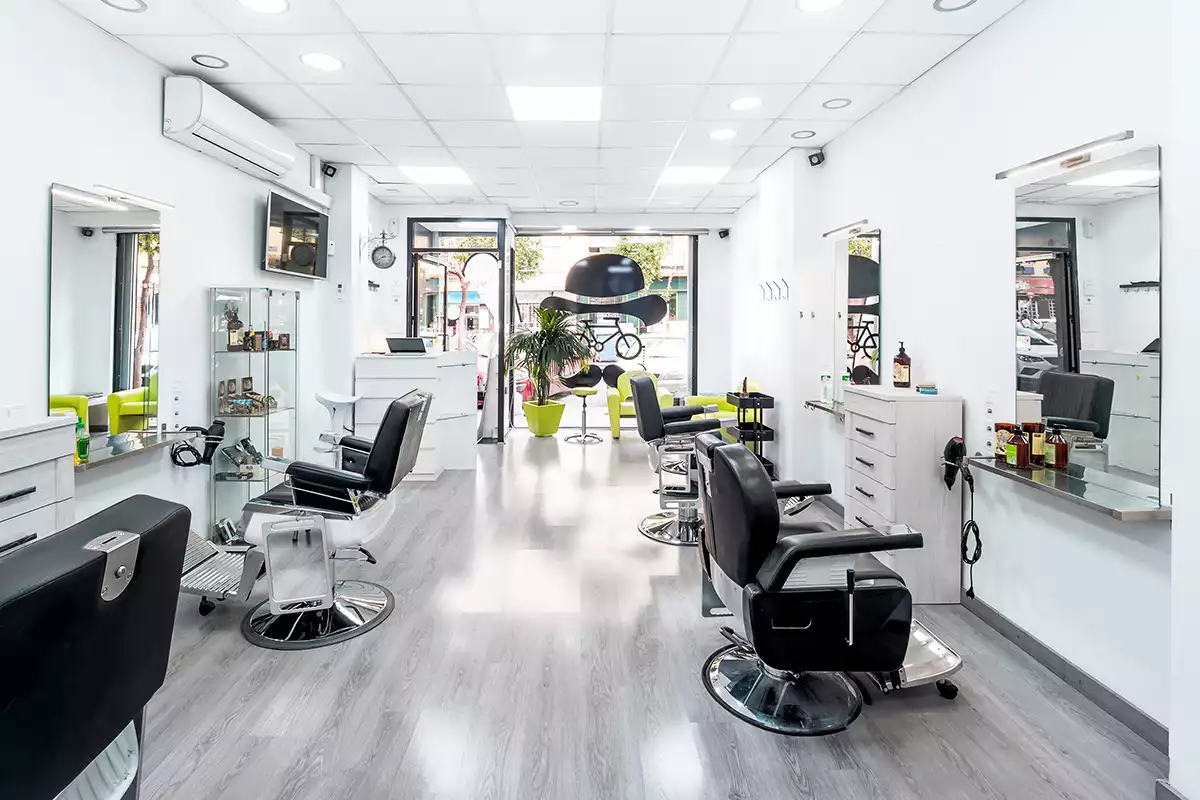Crucial Hygiene Protocols Every Hairdresser Must Avoid to ensure Optimal Client Protection
Crucial Hygiene Protocols Every Hairdresser Must Avoid to ensure Optimal Client Protection
Blog Article
Maintaining proper sanitation is essential in all profession which involves personal contact among clients, particularly in the barber industry. Barbers hold an important part in helping people appear and feel the best, however this responsibility comes alongside the need for rigorous sanitary protocols. For the safety of customers and barbers together, there are numerous essential sanitary practices that should be prevented. Understanding these measures may help ensure a sanitary and safe setting in barbershops.
One of the most common hygiene errors stylists should avoid is the recycling of individual styling instruments without proper sanitation. Tools such as scissors, clippers, and combs can hold germs and pathogens if they are not cleaned after every application. Stylists should consistently disinfect their tools with appropriate cleaners or wipes between customers. Neglecting to do so might lead to the transmission of diseases, which can have grave implications for clients. Creating a schedule for cleaning and sanitizing tools is not just a best protocol; it is a vital aspect of maintaining a safe work setting.
Another habit to avoid is neglecting to clean one's hands consistently. Stylists engage with various clients in a single shift, and their skin can easily accumulate germs and viruses. It is essential for stylists to clean their skin thoroughly with soap and water prior to and following each client. Additionally, using skin disinfectant can be an efficient way to further reduce the transmission of pathogens. Skipping this process can compromise client security and may lead in infections or ailments that could have been easily avoided.
Adequate cleanliness of the barber shop setting is also critical. Stylists should refrain from ignoring surfaces that are frequently touched, such as chairs, work surfaces, and lounge area seats. These surfaces should be cleaned and sanitized regularly to minimize the risk of cross-contamination. Creating a cleaning routine can assist stylists copyright a sanitary setting. This practice not only protects clients but also enhances the overall experience, allowing customers feel more at ease and appreciated.
Moreover, barbers should avoid utilizing items that have not been stored or managed correctly. Cosmetic More from the author products such as gels, sprays, and oils can turn tainted if they are kept unsealed or improperly stored. It is important for barbers to examine use-by dates and to store items in a chilly, arid environment. Discarding any outdated or suspicious items is vital to ensure customer well-being. Using contaminated products can cause to dermal irritations or allergic reactions, which can tarnish a stylist's reputation and injure clients.
In, barbers have a duty to maintain high levels of hygiene to ensure the safety and health of their customers. By Recommended Site preventing the reuse of unsterilized tools, overlooking hand hygiene, overlooking environmental sanitation, and utilizing improperly stored items, stylists can create a safe and inviting environment. Understanding and implementing these essential sanitary protocols not only protects clients from diseases but also cultivates trust and loyalty. A sanitary barber shop is a successful barber shop, where both stylists and customers can feel assured and secure.